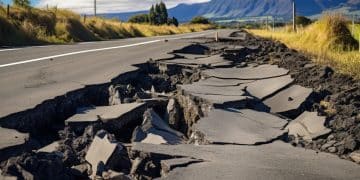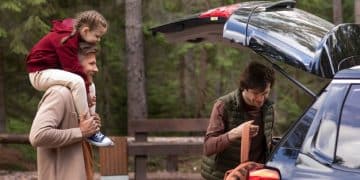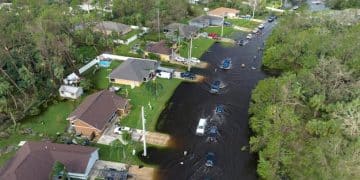Disaster Preparedness 2025: A Family Checklist for US Residents

Ensure your family’s safety in 2025 with our comprehensive disaster preparedness checklist, tailored for US residents, covering essential supplies, communication plans, and emergency procedures.
Are you truly prepared for the unexpected? Disasters can strike anytime, and in 2025, being ready is more crucial than ever. This **disaster preparedness checklist for US residents** helps you ensure your family is safe and secure when crises hit.
Assess Your Family’s Current Preparedness Level
Before diving into specific items, take a moment to honestly evaluate your family’s current state of readiness. Where do you excel, and where are the gaps in your planning?
What Are Your Local Risks?
Understanding the types of disasters most likely to occur in your area is the first step. Are you prone to hurricanes, earthquakes, wildfires, or severe winter storms? Tailor your preparations accordingly.
Evaluate Existing Supplies
Take inventory of what you already have. Do you have a basic first-aid kit? Some non-perishable food? Water? This will help you identify what you need to add to your emergency stockpile.
To assess the family’s current preparedness level, consider these points:
- Knowledge: Does everyone in the family know what to do in different emergency situations?
- Supplies: Do you have enough food, water, and other essential supplies to last for several days?
- Communication: Have you established a family communication plan in case you are separated?
Addressing these key areas will provide a clear picture of your family’s strengths and weaknesses, guiding your preparedness efforts.
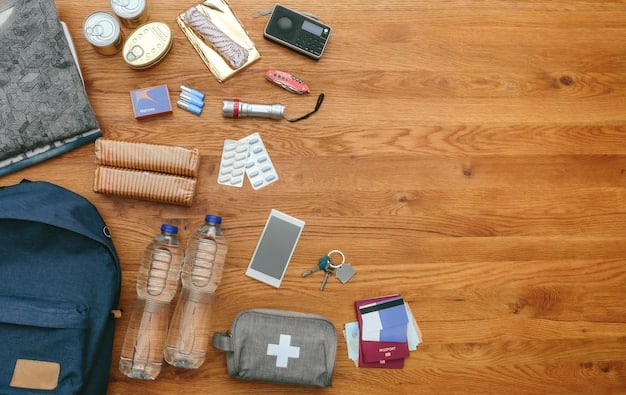
Building Your 2025 Disaster Preparedness Kit
A well-stocked disaster preparedness kit is essential for weathering any emergency. Here’s a comprehensive checklist for building your kit in 2025. Remember to customize it based on your family’s specific needs.
Essential Supplies: Food and Water
Aim for at least a three-day supply of non-perishable food and water. Store water in sealed containers and choose foods that require no refrigeration, cooking, or preparation.
Medical and First Aid
A comprehensive first-aid kit is a must. Include items for treating minor injuries, as well as any prescription medications your family members require.
These are some supplies that must be included in your disaster preparedness kit:
- Water: One gallon per person, per day.
- Food: Non-perishable items like canned goods, protein bars, and dried fruit.
- First-aid kit: Bandages, antiseptic wipes, pain relievers, and any necessary medications.
Carefully consider your family’s needs when assembling the kit, ensuring that everyone’s health and safety are prioritized during an emergency.
Developing a Family Communication Plan
In a disaster, communication can be challenging, especially if family members are separated. A well-thought-out communication plan is vital for staying connected and informed.
Establish an Out-of-State Contact
Choose a relative or friend who lives outside your region as your central contact. Family members can check in with this person to relay information and coordinate reunification.
Designate Meeting Points
Identify several meeting points, both near your home and further away, in case you cannot return to your residence. Ensure everyone knows the locations and how to get there.
Here are some steps to create a family communication plan:
- Emergency Contacts: Have an updated list of emergency contacts stored in each family member’s phone and as a physical copy.
- Communication Methods: List alternative communication methods such as texting, email, and social media.
- Regular Drills: Conduct communication drills to test and refine the plan.
Consistent practice and updates to the communication plan will ensure everyone remains informed and connected.
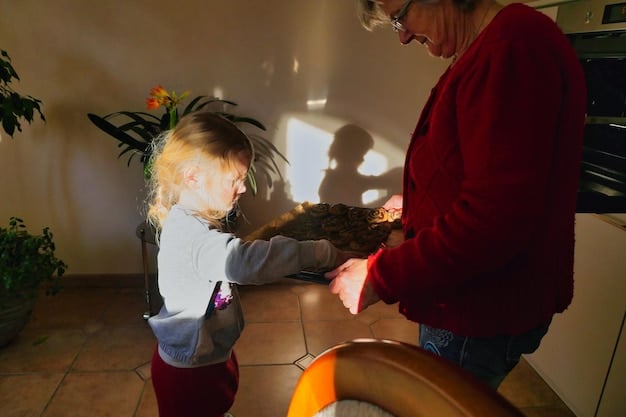
Emergency Procedures: Practicing and Preparing
Knowing what to do in an emergency is crucial. Practice different scenarios with your family to build confidence and ensure everyone knows their roles.
Conducting Fire Drills
Practice fire drills at home at least twice a year. Ensure everyone knows the escape routes and where to meet outside.
Practicing Earthquake Safety
Teach your family the “drop, cover, and hold on” technique for earthquakes. Identify safe spots in each room, such as under sturdy furniture.
Below are some essential emergency procedures to practice:
- Evacuation Routes: Involve everyone in fire drills and practice evacuating to a safe meeting point.
- First Aid: Teach basic first aid skills, such as stopping bleeding and treating burns.
- Emergency Contacts: Keep emergency contact numbers readily available and ensure everyone knows how to use them.
Regularly reviewing and practicing these procedures will build confidence and ensure a swift and coordinated response.
Financial Preparedness for Disasters
Disasters can significantly impact your finances. Being financially prepared can ease the recovery process and help you handle unexpected expenses.
Emergency Fund
Aim to have at least three to six months’ worth of living expenses in an emergency fund. This can help cover costs if you lose your job or face unexpected repairs.
Insurance Coverage
Review your insurance policies to ensure you have adequate coverage for your home, belongings, and health. Consider flood insurance if you live in a flood-prone area.
Effective financial preparedness includes:
- Accessible Funds: Keep a small amount of cash at home for immediate needs.
- Important Documents: Store copies of important documents like insurance policies and identification in a waterproof container.
- Budgeting: Create a post-disaster budget that accounts for potential income loss and increased expenses.
Taking these financial precautions will provide stability and peace of mind after a disaster.
Maintaining Your Preparedness Over Time
Disaster preparedness isn’t a one-time task; it’s an ongoing process. Regular maintenance and updates are essential to ensure your family remains ready for any emergency.
Review and Update
Set a schedule to review and update your preparedness kit and communication plan. Check expiration dates on food and medications and replace items as needed.
Stay Informed
Keep abreast of the latest emergency alerts and weather forecasts in your area. Sign up for local emergency notification systems and monitor news reports.
Effective maintenance includes:
- Inventory Checks: Regularly check and replenish supplies, ensuring they are still safe and usable.
- Equipment Testing: Routinely test equipment such as flashlights, radios, and generators.
- Plan Adjustments: Update and adjust your plans according to changing family needs or environmental conditions.
| Key Area | Brief Description |
|---|---|
| 🚨 Emergency Kit | Stock essential supplies like food, water, first-aid, and tools. |
| 📞 Communication Plan | Create a family communication plan with meeting points and contacts. |
| 🏠 Evacuation Procedures | Practice escape routes and emergency drills regularly. |
| 💰 Financial Readiness | Have an emergency fund and review insurance coverage. |
Frequently Asked Questions
▼
The recommendation is to store at least one gallon of water per person per day for drinking and sanitation. Aim for a three-day supply.
▼
Essentials include bandages, antiseptic wipes, pain relievers, gauze, medical tape, scissors, and any prescription medications needed by family members.
▼
Designate meeting points both near your home and further away, in case you cannot return home. Ensure everyone knows how to get there.
▼
Practice fire drills at home at least twice a year. Conduct other emergency drills, like for earthquakes, annually or more frequently as needed.
▼
Financial preparedness can ease the recovery process by helping cover unexpected expenses and income loss. An emergency fund and adequate insurance are key.
Conclusion
Being prepared for disasters in 2025 requires a proactive approach that includes building a comprehensive kit, developing a solid communication plan, and practicing emergency procedures. By taking these steps, you can significantly increase your family’s safety and resilience in the face of any crisis.
